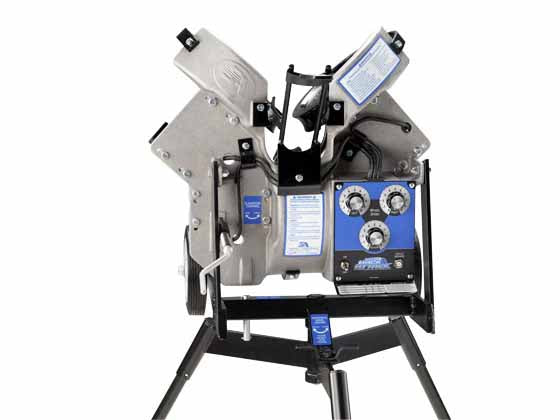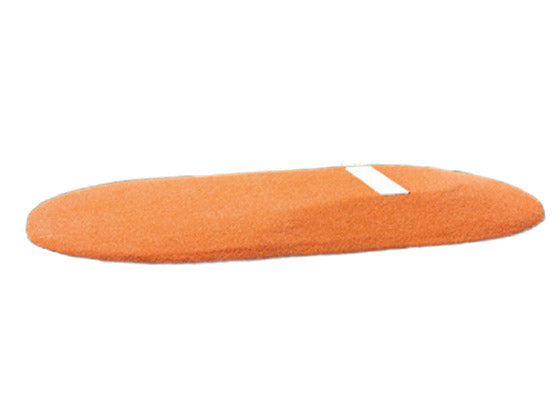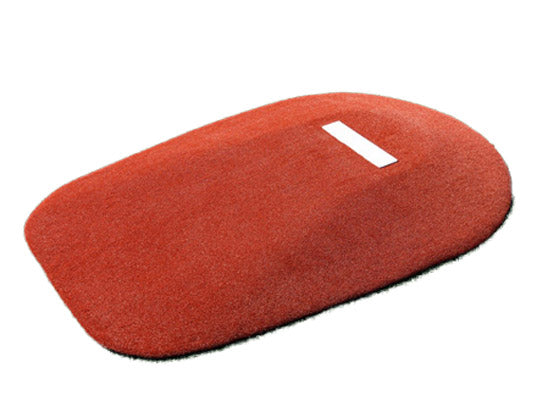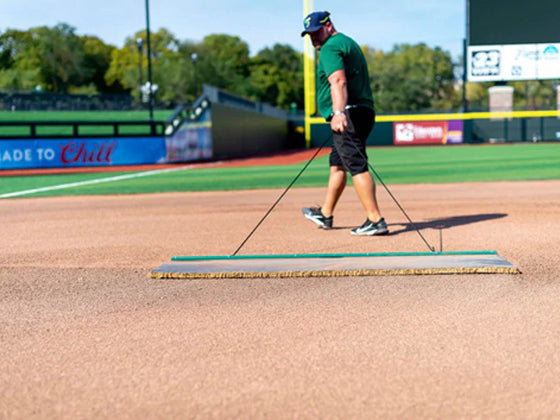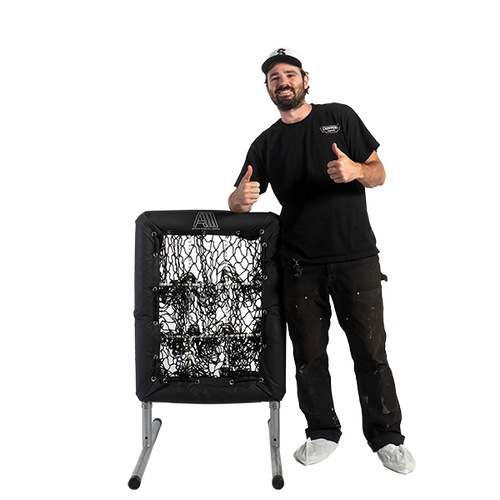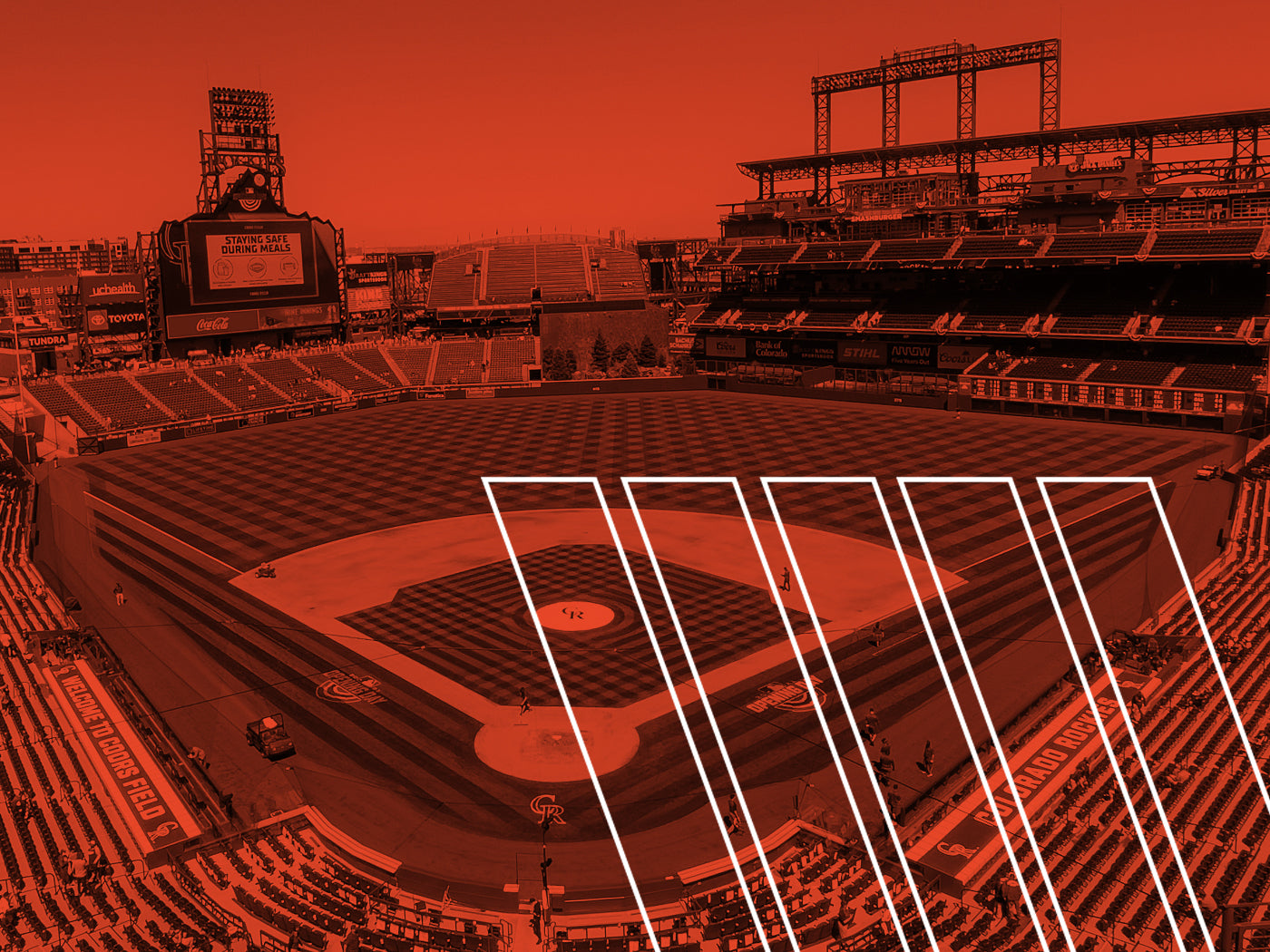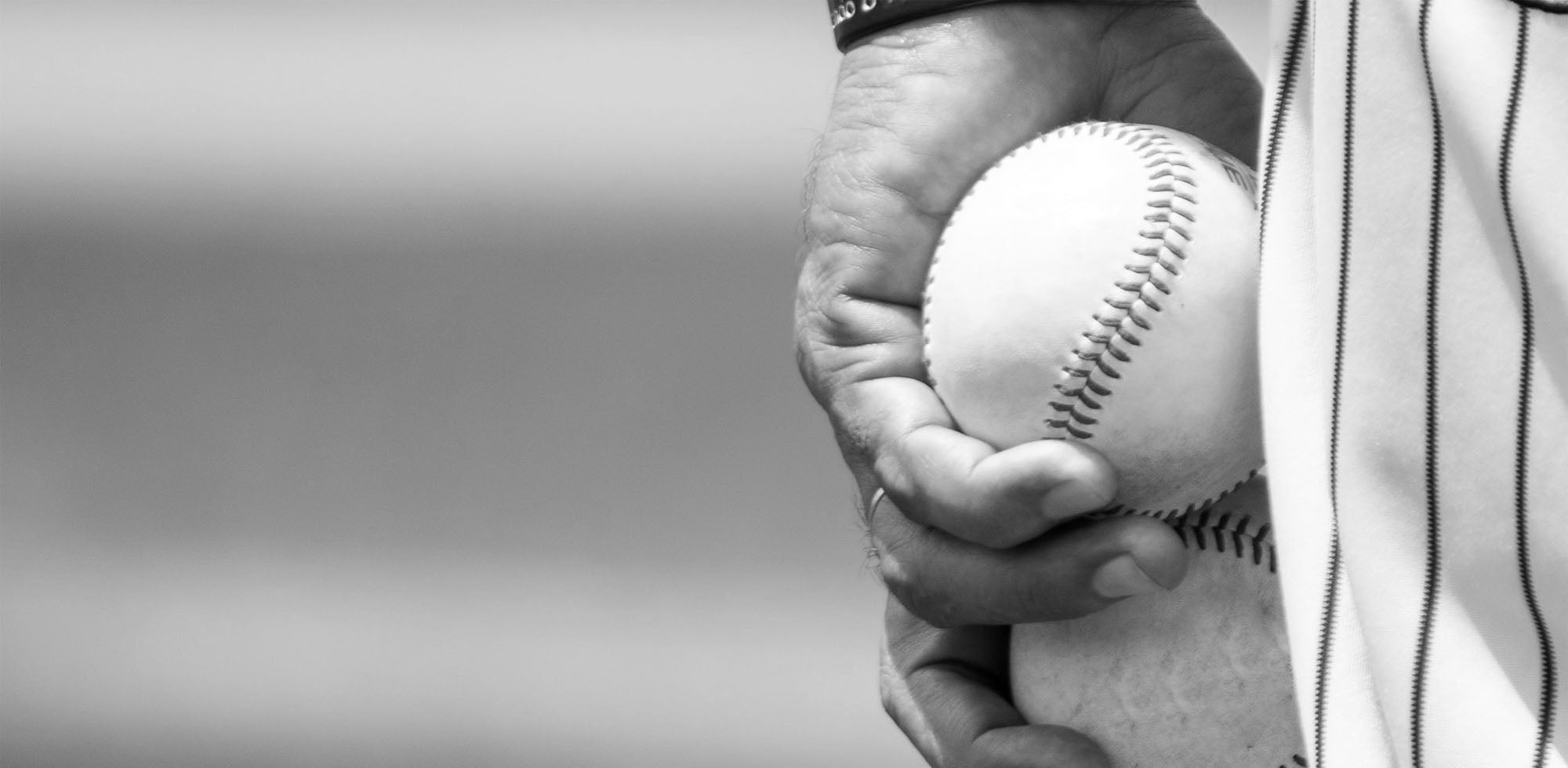How to Drag Baseball Field and Why
Keeping your infield dirt in tip-top shape is a must. You’ve probably heard people advocating nail dragging and other methods to keep your field looking pristine. A lot of top groundskeepers will tell you, nail dragging is a must if you want to keep your field and infield skin in tip top shape.
Seeing the grounds crew rake and drag the infield is also a quintessential experience at an American ballpark. But you may be asking, “Why should I use a field drag?”
In this blog post, we’ll answer that question and go over some field maintenance basics and what drag mat you should buy for the job you need done on your field.
Renovating Your Field with a Baseball Field Drag
During the offseason, you will most likely want to leave your infield untouched. Disturbing the top material too much can help the rain and wind displace infield soil, especially in cold weather climates.
But, before your baseball or softball team is ready to hit spring training, you’ll need to prepare and renovate your field.
To do this, you have to get aggressive with your infield dirt in order to get it ready for re-grading. For jobs like this, you’ll want a bolt drag that will break up the hard surface and get deeper.
A product like the 6' Wide Bolt Drag will get this job done with its 46 staggered heavy grade bolts. Bolt drags like these are essential to turning a hardened infield into a playable, safe surface for your baseball and softball players.
Other Reasons to Drag a Baseball Field - Weather and Rain
Rain will leave the surface of your infield with bumps and clods of dirt. Left untreated, such a surface can be dangerous for players and lead to unnatural ricochets of the ball.
Dragging the field after rain will break up these clods of soil and leave you with a smoother surface.
For jobs like this, a bolt drag is too heavy-duty, but a nail drag will sufficiently break up the soil without disturbing it too much. This improves the playability but also the look of your infield.
But nail drags should be used with some caution, if the infield is too wet or you go too deep with the nail drag you can damage your infield’s overall health. Instead, test your soil out first to make sure that the nail will come out clean without any dirt.
An excellent drag mat for this job is this Infield Drag Mat. It’s easy to move and store and will greatly add to any field maintenance arsenal.
Game Day Field Dragging and Watering
The game day drag is perhaps the most important to get right so that your players are playing on a safe and comfortable surface.
There are some basics to remember like removing the bases and walking slow when dragging, but also some preparation you should do ahead of time.
For a good nail drag, the moisture of your surface is essential. Without the right moisture you can damage your infield, so soaking your field the night before in dry weather is a great option.
You need familiarity with your area’s weather and how your field takes moisture, so your field maintenance should improve over time.
Soaking the infield will improve the bounce of the ball and the overall health of your infield, and a light watering for aesthetic purposes will not have the same effect. However, it is also important not to overwater your infield, so this step takes patience, knowledge and time.
You can either walk your nail drag, such as the X Nail Field Drag, or buy a nail drag mat that can attach to a small vehicle like the 2-in-1 Nail Drag Combo.
It’s important in both circumstances to go slow, so a vehicle operated mat is not necessarily faster but it can save some effort.
In total, the point of game day dragging is to both remove the imperfections left by cleats and to have the best surface you can for play. Both of these factors are important, and you should care for your field and get both results on game day.
Why We Nail Drag Baseball and Softball Fields
For an outsider, dragging an infield may look strange and leave people asking why do you drag an infield?
The answer is simple, to provide a safe playing environment. A non-dragged field is a poorly maintained field that can lead to injuries and unpredictable play.
Dragging a field is also great physical exercise and really adds to the romanticism of baseball. Plus, there’s no better sight for a baseball fan than a pristinely kept infield.

Types of Field Drags
There are four types of drag: nail drag, bolt drag, screen drag, and finish drag. All have their different use case and place in field maintenance.
As discussed before, a bolt drag will break up a hardened surface and is best used for field renovation after the field has been left dormant for a long period of time.
Nail drags are used more often than a bolt drag and are great for game day preparation and maintenance after rain or other weather events.
The screen drag is used perhaps most often and it is simpler to use than the previous two. After you use a nail drag, you should go over the surface again with a screen drag. You’ll use this piece of equipment after every game and practice to keep your field playable. At higher levels, you will also see the grounds crew use screen drags in between innings.
The Rigid Steel Drag Mat w/ Drag Bar Attachment is one of our favorite screen drags. It’s a rugged all-steel mat that is durable and functional.
Finally, finish drags like brooms and rakes will perfect the finishing touches of your field maintenance. This job is an aesthetic choice, and it is important if you want to have a perfect field. Use this set of tools after screen dragging.
Cocoa drag mats like the 4'x2' Cocoa Mat Hand Drag and rakes such as the Double Play Rake are both finishing products, also known as finish drags.
Dragging Methods
The two most prominent and recommended dragging methods are Zamboni and circles.
The Zamboni style comes from ice rinks, and it is also known as horizontal dragging. For this method, you walk back and forth across the outfield without overlapping your drag.
The circle method is as it sounds, you make slightly overlapping circles all the way across the infield.
You should alternate these methods each time you drag the infield.
Leveling & Grooming
Another important tip is to always have a level field before you start dragging. You should not just drag a field right after play as it will not have the desired effect.
Use an infield rake or baseball field tamp to level uneven surfaces, so your soil will be even and less susceptible to deterioration in the long run.
Grooming is also important for field maintenance and aesthetics. A surface drag should always be used after you nail drag a field, and a broom or rake will remove the last imperfections in your field.
Similar to how you should vary dragging methods, there are also variations you should perform when grooming. Don’t start and end at the same point every time as this can leave dirt buildup in certain spots. With sufficient variation in grooming, your field will be looking spotless.

 Contact Us
Contact Us